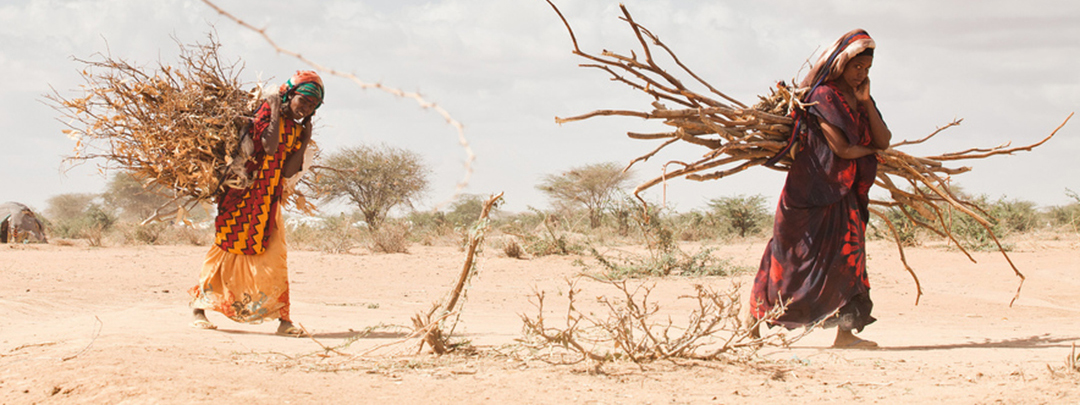Sudan: Women, Food Insecurity, and Famine Risk in Sudan, Gender Snapshot
Publisher: UN Women
Author(s): UN Women
Date: 2025
Topics: Basic Services, Climate Change, Conflict Causes, Gender, Livelihoods
Countries: Sudan
This fact sheet, developed by the Gender in Humanitarian Action (GiHA) Working Group Sudan, highlights key gendered trends from World Food Programme Quarter 1 2025 Consolidated Food Security and Vulnerability Assessment1. It presents urgent evidence and recommendations to inform a more equitable and gender-responsive humanitarian response.
SITUATION OVERVIEW
Sudan is in the grip of an escalating food crisis. Conflict, displacement, and the collapse of markets have pushed millions into acute food insecurity. In several regions, conditions are now at or near famine thresholds. But this crisis is not gender neutral.
The hunger crisis in Sudan is not gender neutral. Women are hungrier, poorer, and more desperate than ever. Food insecurity is deepening fastest among female-headed households, with severe hunger nearly doubling in just one year, from 14% in 2024 to 25.9% in early 2025. Today, seventy-five percent of female-headed households in Sudan are now food insecure, and nearly half report poor food consumption, almost double the rate from the year before.
Female-headed households are three times more likely to be food insecure than those led by men. In a crisis where women are increasingly left to head households alone, due to the death, disappearance, or forced displacement of male family members, simply living in a woman-led household has become a statistical predictor of hunger.
